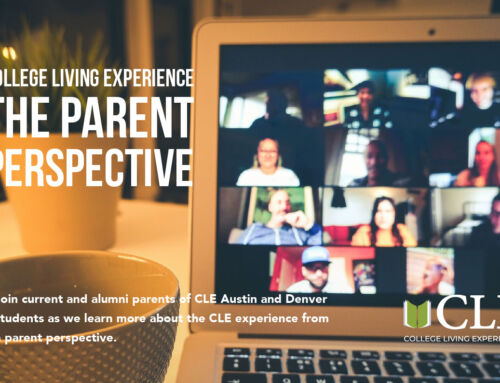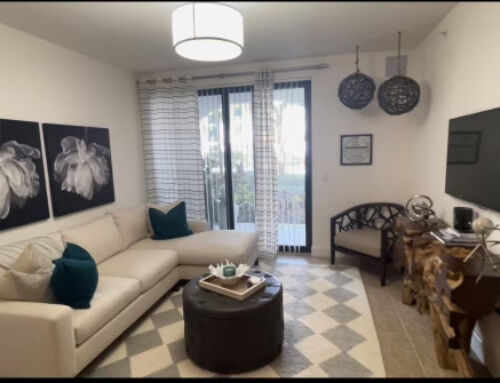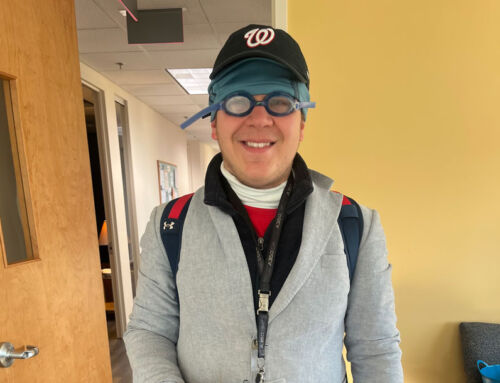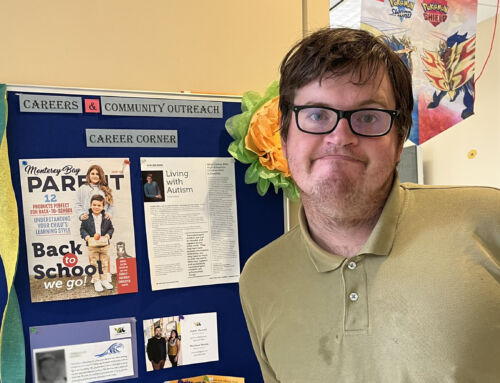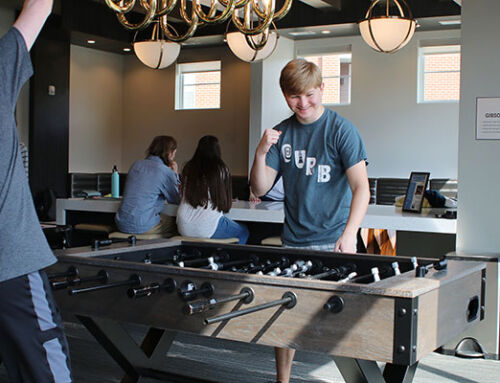By Levi Noe, Newsletter Project Manager, CLE Denver

Are any of us “normal”? What even is normal and how would we go about quantifying, categorizing, and systematizing a normal human when there are 7.6 billion individuals on this planet, each as unique and one-of-a-kind as the next? Sure, there are dictionary definitions of normal, but that can’t begin to explain each of us and the exceptionality of our personalities, our bodies, and our brains.
Neurodiversity is not just a new word, it’s a concept, a scientific and human based approach to neurological differences; it’s a movement to destigmatize and empower a large group of our population. When we speak of neurodiversity, we are asserting that our neurological differences are as fundamental to our humanity as the colors of our skin, the cultures and beliefs that shape us and our orientations. In fact, proponents of neurodiversity believe that differences like autism, ADHD and other conditions are a normal, natural variation of genetics. These neurological differences have been around for as long as recorded history, but it is only in recent decades that we have even begun to understand these differences. Variations in the genome have often proven to be crucial aspects of natural selection and human evolution.
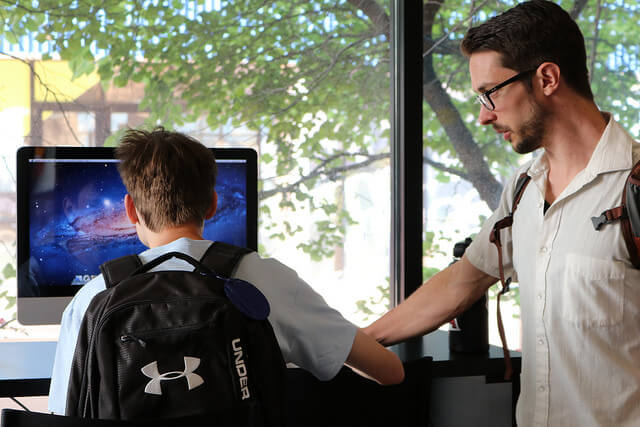
Seeing neurological differences as just another expression of being human is a key component of neurodiversity. In this light, neurological differences are not diseases of illnesses to be “cured.” Talk of curing autism or other differences is akin to curing a person’s hair color or seeking a remedy for any other difference in a person’s physical appearance or even sexual orientation. The idea of normalizing or seeking to adapt neurodiverse peoples to fit into a neurotypical societal norm is a fundamental civil rights issue. The respectful approach for a society is accommodation.

Accommodating neurodiversity is about education and understanding. It is through a change in attitude and belief that a neurotypical society can create a framework of acceptance for neurodiverse individuals. One of the most difficult aspects of supporting the accommodation of neurodiversity is the simple fact that neurodiverse peoples tend to look “normal” in appearance. It is a great irony that this concept or normality becomes such a great challenge for neurodiversity. Nonetheless, through proper edification and compassionate tolerance, neurodiversity can become a part of our societal model.
So, what can you and I do to support the neurodiversity movement? Well, we can start in our homes, our schools and our work environments. Speaking from personal experience, I hear anywhere from one to dozens of micro-aggressions on a daily basis aimed directly or in a round-about way at the neurodiverse population. Take it upon yourself to gently correct this unawareness. Treat it as a teaching moment, not a sermon or an angry rebuke. Education can happen one person at a time.
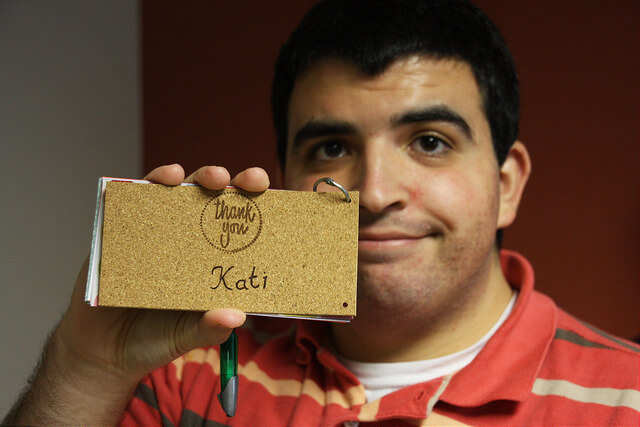
What else? Post informative articles on social media. Become a neurodiversity advocate. Start a local support group, organize a neurodiversity march or write your local representative. At this point research is the most valuable aid we can offer the neurodiversity movement. The more awareness that is brought to the subject, the more potential there will be for Washington and other organizations to take note.
Neurodiversity and our neurodiverse population has been here all along and are not going anywhere. Let’s show our support and advocacy in any and every way we can. Long live neurodiversity!

